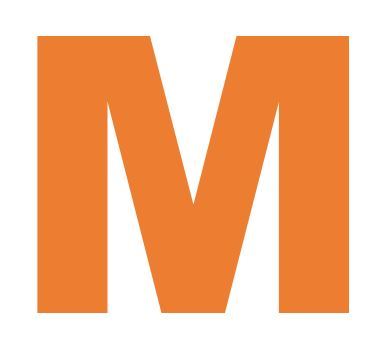Real-Moon
Lunar Surface Reconstructed from Real Moon Data
Moonbuggy recreates the lunar surface like never before!

The moon terrain in Moonbuggy was constructed using a combination of methods and data including Apollo 17 images, LRO photographs, height data, and surface photos. New methods to extract terrain height data and photogrammetry are used to recreate the moon like never before.
At a high level, the mountains and terrain in the distance is rendered using the lower resolution LRO heigh scans that show the shape of mountains and large craters, but lack the close up detail. It is textured with a low res LRO surface photo.
On the next level, the valley is created with a higher detail LRO photograph texture plus the height data.
For the close up terrain detail level the LRO photographs are processed to transform the single light source shadows into a more detailed predicted height map. The highest resolution LRO photographic images are used as a base texture, and then more detailed computer graphics textures are used to show the finer details. The terrain height, shape, and texture are adjusted by the artist using surface photographs as a guide. Craters are manually adjusted using a crater tool.
Finally in a small number of places the detail terrain mesh and texture is recreated directly from surface photos using photogrammetry. In some cases, there are enough photos of a particular region to use photogrammetry to reconstruct the detailed surface of the moon for you to walk around and examine just like you were there.
On the next level, the valley is created with a higher detail LRO photograph texture plus the height data.
For the close up terrain detail level the LRO photographs are processed to transform the single light source shadows into a more detailed predicted height map. The highest resolution LRO photographic images are used as a base texture, and then more detailed computer graphics textures are used to show the finer details. The terrain height, shape, and texture are adjusted by the artist using surface photographs as a guide. Craters are manually adjusted using a crater tool.
Finally in a small number of places the detail terrain mesh and texture is recreated directly from surface photos using photogrammetry. In some cases, there are enough photos of a particular region to use photogrammetry to reconstruct the detailed surface of the moon for you to walk around and examine just like you were there.
Moonbuggy VR reveals the Real Moon! This is the closest way possible to actually see and feel what it was like to stand on the moon surface!
Reconstruction


=
Collections of original Apollo 17 photos are on the left side. The VR photogrammetric reconstruction is on the right side.
Photogrammetry
Photogrammetry combines many of the astronausts surface photos to reconstruct the actual lunar surface as they saw it. The astronauts took thousands of photographs on the moon. This was mined to find special collections of images to reconstruct the surface.
1
2


=
The result is 3D full color textured graphic meshes you can walk around and examine up close and from different angles.
